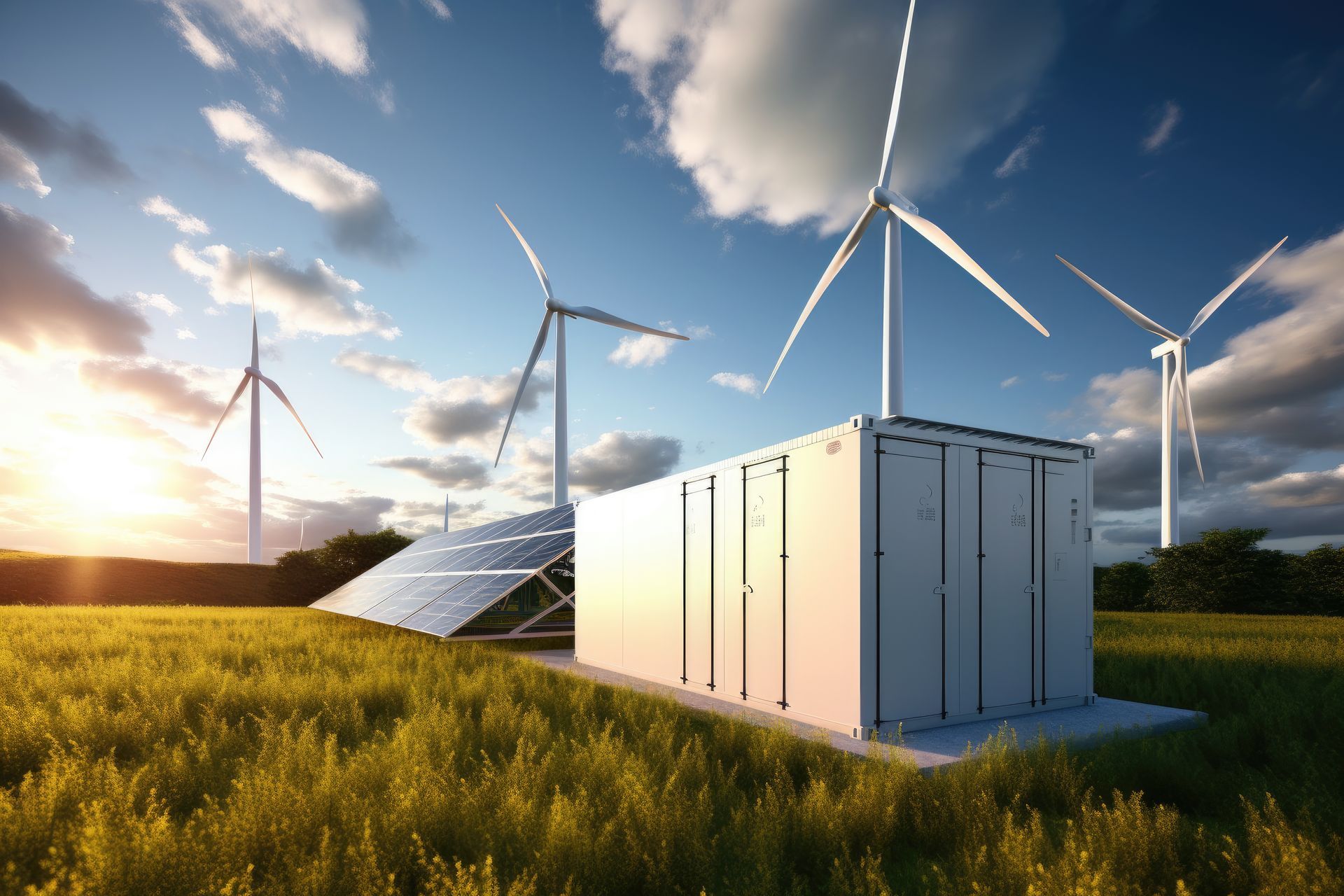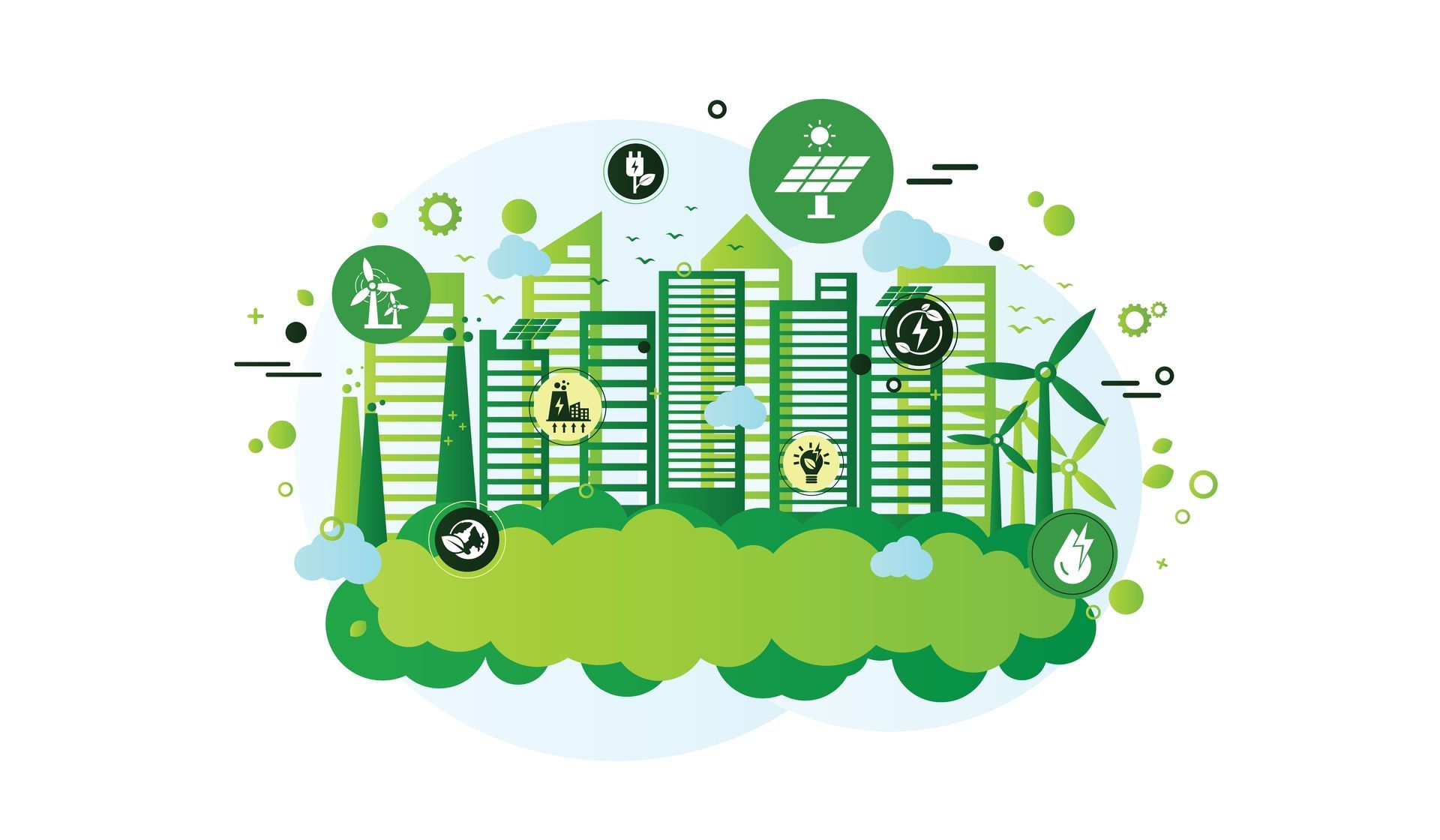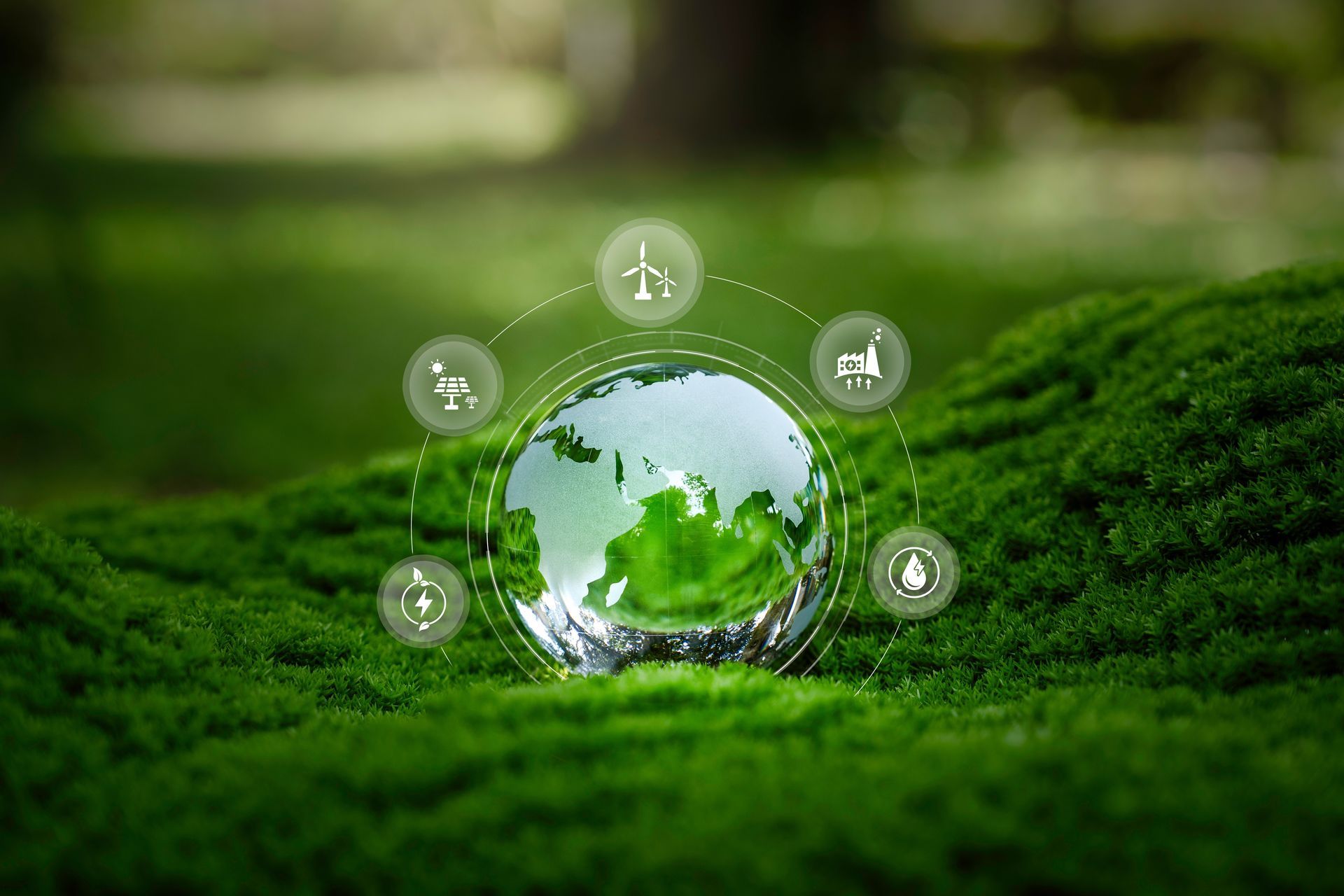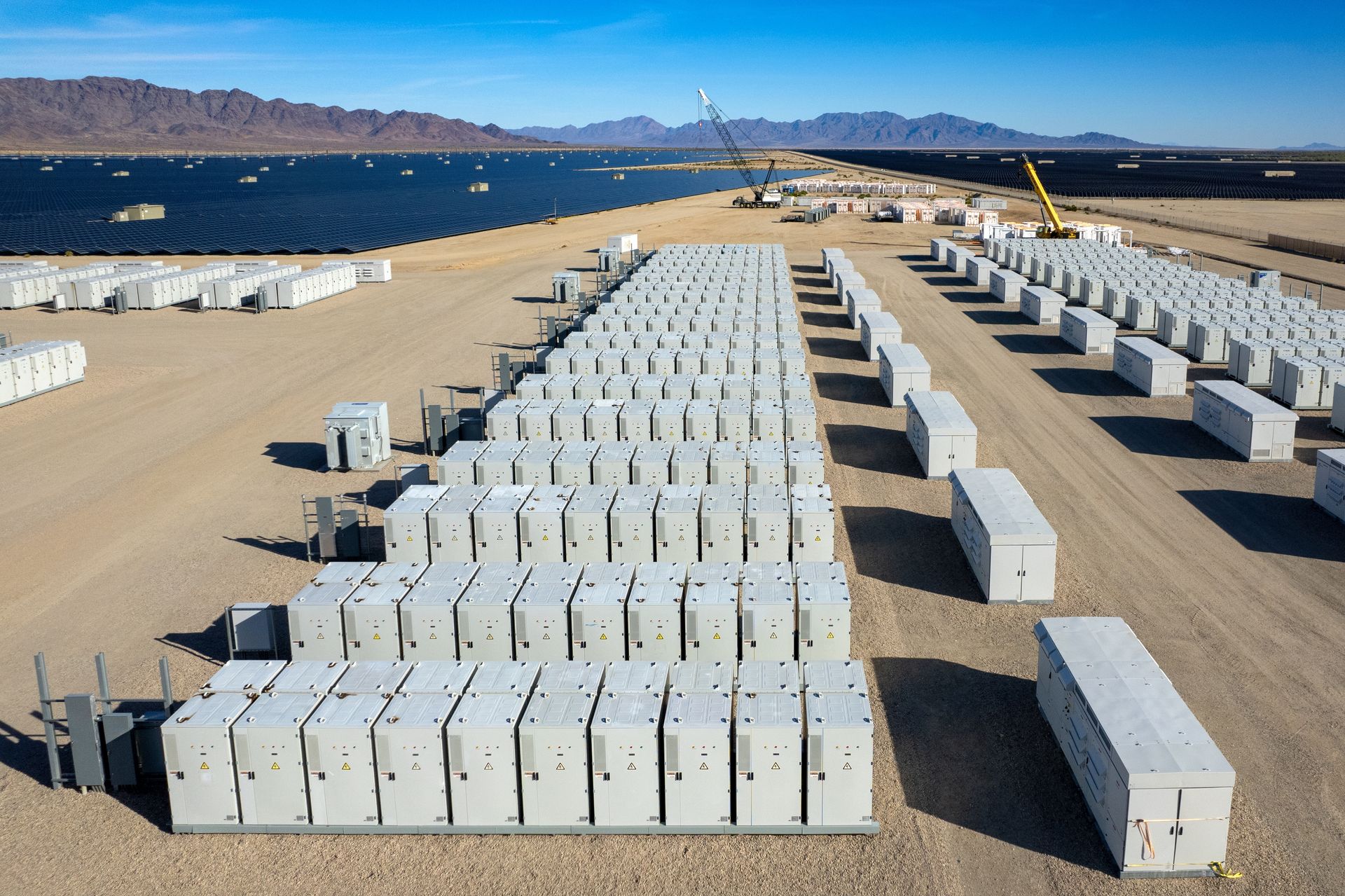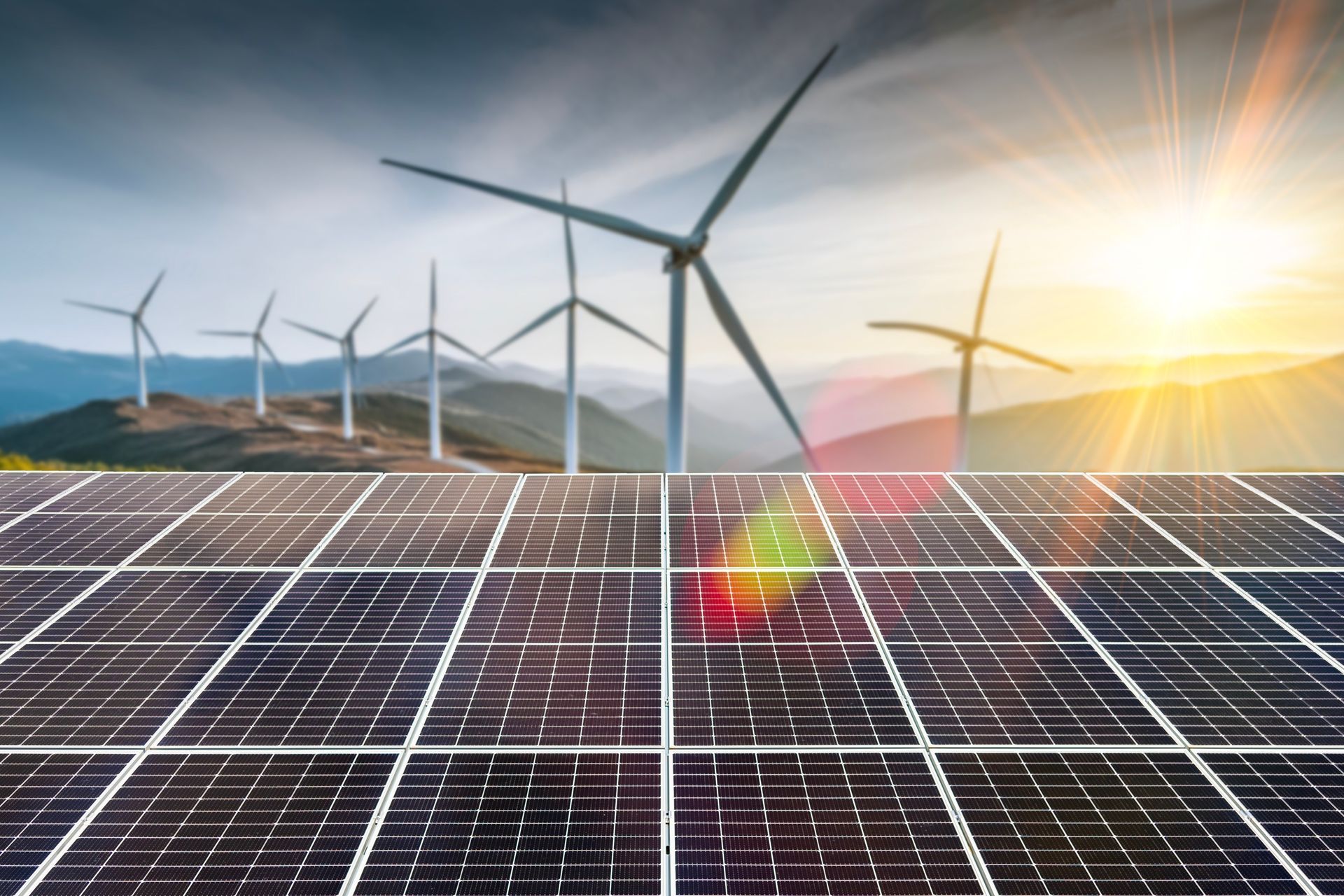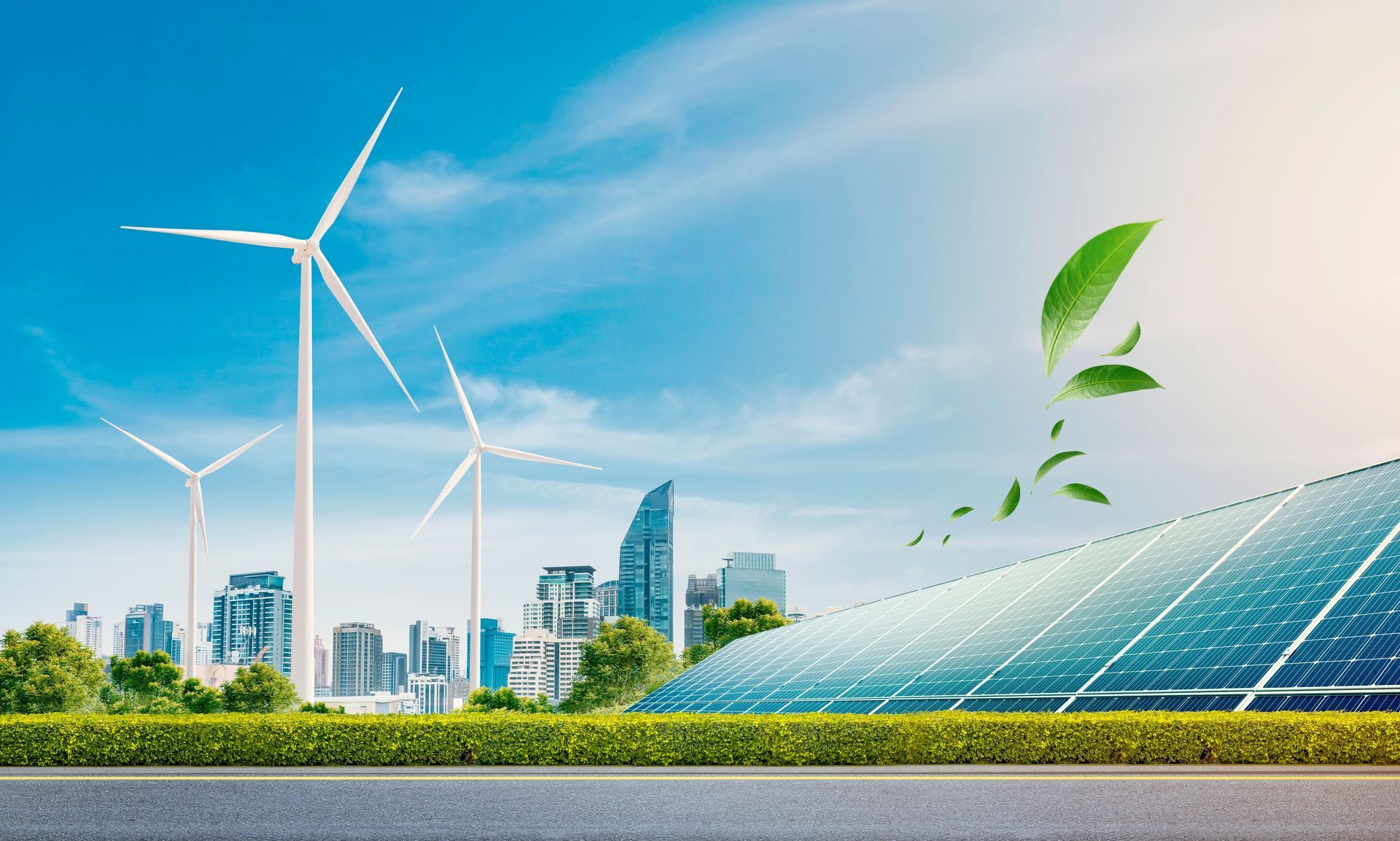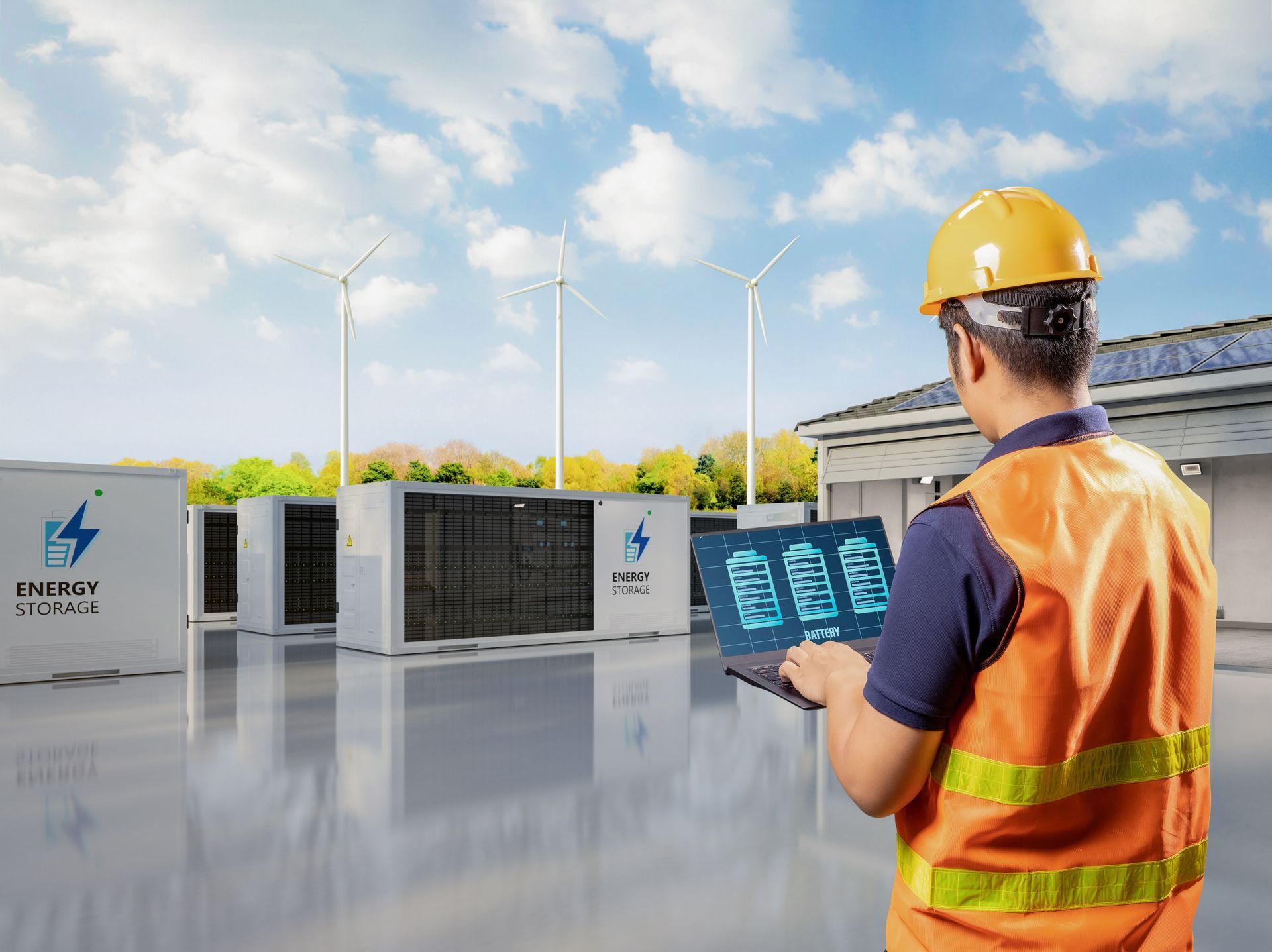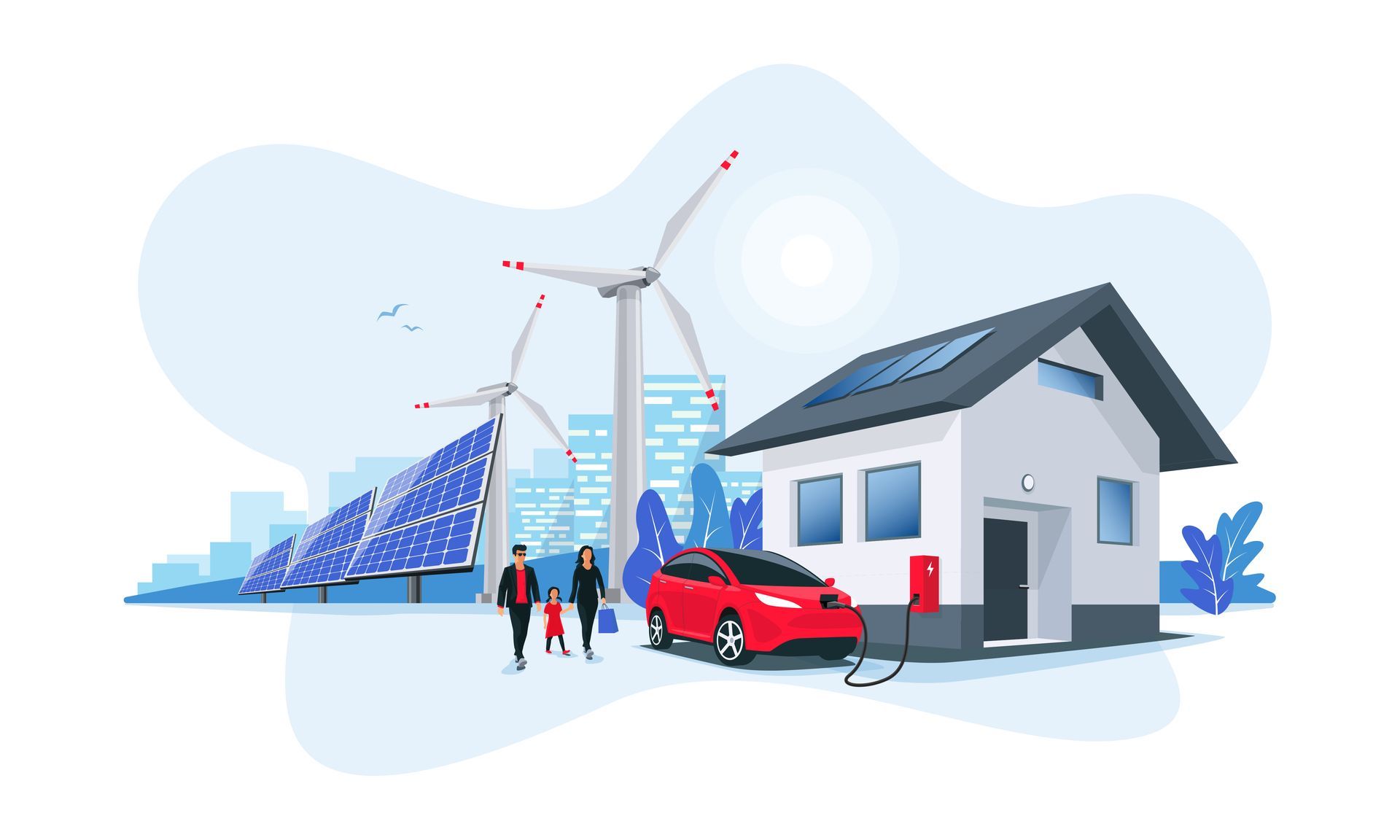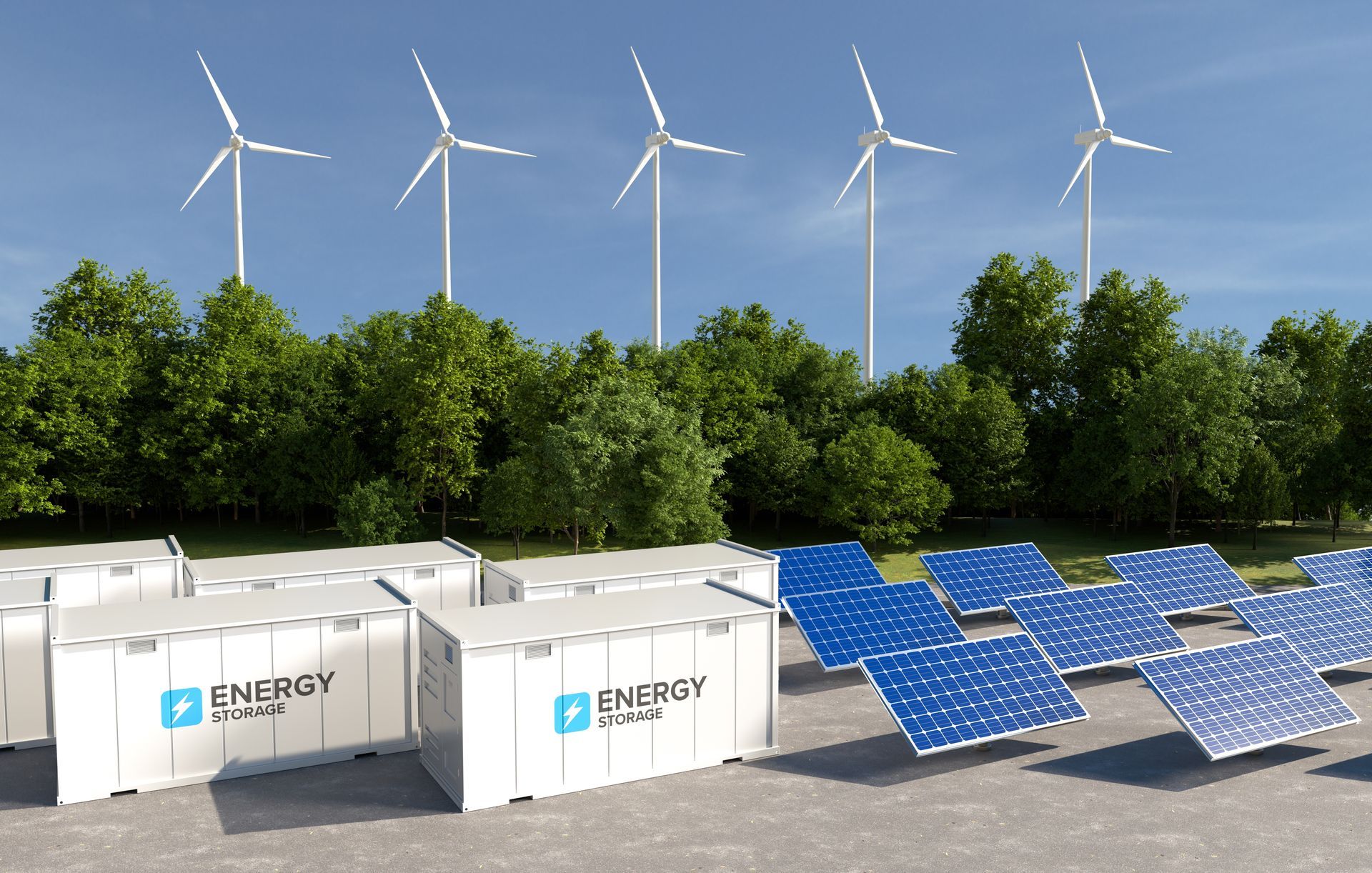The Growing Potential of Wind and Solar Energy in Canada and Beyond
The rise of renewable energy, especially wind and solar, is transforming global power generation at an unprecedented pace. The International Energy Agency's 2024 World Energy Outlook predicts renewables will generate nearly half of the world's electricity by 2030, surpassing fossil fuels. In Canada, hydropower is the primary source of electricity, with wind and solar contributing 7% to the overall generation. However, with power demand projected to double by 2050, the share of wind and solar is expected to grow significantly, potentially reaching up to 37%. To support this transition, the federal government has introduced Clean Electricity Regulations to maintain a clean, affordable power system.
One common misconception about renewables is their reliance on weather conditions, but numerous solutions can mitigate variability. Technologies like grid-scale storage, enhanced interconnections, and demand-side measures ensure stability. Globally, several countries demonstrate the viability of renewables. Denmark leads with wind and solar supplying 67% of electricity, while Germany, Australia, and the U.K. boast shares between 28% and 40%. Even in the U.S., where renewable adoption varies, some states generate over 50% of their electricity from wind and solar. These examples highlight how Canada can further expand its renewable capacity.
Concerns about the cost of renewables and energy storage are also increasingly unfounded. Wind and solar have become some of the most affordable energy sources, even when factoring in storage expenses. Studies show that these technologies are already cheaper than natural gas generation in provinces like Ontario and Alberta, particularly when accounting for carbon pricing. Similar trends are observed in the U.S., where wind and solar with storage remain cost-competitive. Continued advancements in technology and declining costs promise even greater affordability for renewables.
Environmental concerns about the lifecycle emissions and waste from renewables are often overstated. Research confirms that the greenhouse gas emissions of wind and solar are significantly lower than those of fossil fuels, even when factoring in production and disposal. Waste from renewable equipment, such as solar panels and wind turbines, is minimal compared to the byproducts of fossil fuel energy. With advancements in recycling technology and government policies promoting material reuse, renewable energy equipment waste is expected to decrease further. The global market for recycling solar panels is expected to experience significant growth by 2030.
Canada is in a prime position to leverage its extensive renewable energy potential. Studies rank Canada among the top countries for wind and solar generation, with significant opportunities for onshore and offshore wind as well as solar across various provinces. The country's hydroelectric infrastructure complements renewable integration, offering storage and flexibility. Additionally, Canada has immense potential for pumped-storage hydropower, capable of storing surplus energy from wind and solar. By leveraging these resources, Canada has the potential to spearhead the global transition to a cleaner and more sustainable energy future.
